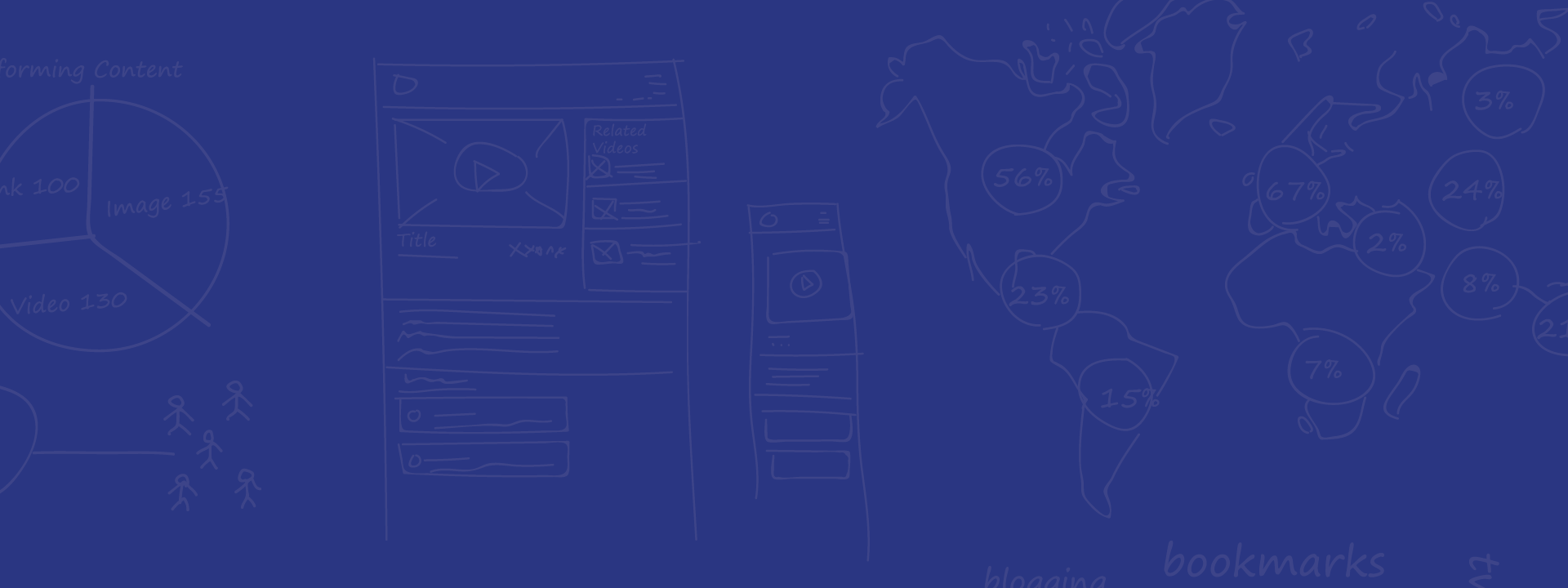About
I am truly passionate about researching and prototyping innovative breakthrough experiences that inspire product groups. My interest is ranging from productivity applications, video conferencing, to education. I have a very strong background in computer science and engineering (hardware and software), a lot of original ideas to create experiences that solve real-world problems, and a unique ability to combine technologies together and prototype very quickly. For example, I created 32 high impact prototypes between June 2006 – June 2007 at Microsoft among other things.
I joined Microsoft in the US in March 2000. I have worked for several groups at Microsoft including Microsoft Research on the ConferenceXP (opens in new tab) research platform project, Advanced Strategy Group on an incubation project for kids and education working with Chuck Thacker and Margaret Johnson. This project launched a new company named Sabi in early 2008. I am now back at Microsoft Research working directly with Bill Buxton (opens in new tab) on user experience research.
I personally demonstrated part of my work to executives at Microsoft including Bill Gates, Steve Ballmer, Craig Mundie, Eric Rudder, Joe Belfiore, Ray Ozzie, and many others.
I have a Ph.D. in parallel computing from the Swiss Federal Institute of Technology (opens in new tab). I also have been working for 2 companies as a C.S. engineer in Switzerland prior joining Microsoft in the U.S. I won several awards including the prestigious LOGITECH prize for industrially-oriented innovative hardware/software senior project at Swiss Federal Institute of Technology and a runner-up prize from the Microsoft internal employees Tablet PC developer contest for an innovative fun Tablet PC application for kids.
Large Display Experiences and Society of Appliances: Recently, I have been leading the research project on large display experiences and society of appliances. This project was among the very few research projects selected for the very prestigious TechForum 2013 event hosted by Craig Mundie and Eric Rudder and was on the cover page of The Verge (opens in new tab). This research has been shown to the press during TechForum and TechFest 2013 (opens in new tab). Among others, The Verge (opens in new tab), The Seattle Times (opens in new tab), readwrite science (opens in new tab), and Display Central have been talking about this research. Also featured in the TechFest report of the printed German c’t Magazine for Computer Technology (opens in new tab), March 2013, (lower-left photo of p. 44 when I demo the palette menu with pen and touch on the large display).
Actuated 3-D Display with Haptic Feedback (demo (opens in new tab)): I have also been involved in a project with a 3D haptic touch display that has been shown to the press at TechFest 2013 too. Among others, Pocket-lint (opens in new tab), EXTREME TECH (opens in new tab), Ars Technica (opens in new tab), TechNext Blogs (opens in new tab), and Futura-Techno (opens in new tab) have been talking about it. This project was among the very few projects selected to be demonstrated to several Senators and other VIPs at Washington D.C. during the very prestigious D.C. TechFair 2013 event including Senator Mark Begich (D-AK) (opens in new tab), and was covered by The Washington Post (opens in new tab), and Photo galleries from The Washington Post (opens in new tab). This was also covered by The Fire Hose (opens in new tab), Windows Phone Central (opens in new tab), Discovery News (opens in new tab), and Correio Braziliense (opens in new tab). For more information, see Microsoft Research feature story: Touch to Feel the Virtual World (opens in new tab). Also covered by the Huston Chronicle (opens in new tab), The Telegraph (opens in new tab), and BBC (opens in new tab) NE (opens in new tab)WS (opens in new tab) TECHNOLOGY (opens in new tab).
I also worked on innovative distributed collaboration experiences (CSCW2010 publication), smartphone exploration, and also collaborating with Ken Hinckley on pen and touch experiences (high-level demo (opens in new tab), detailed demo (opens in new tab)) and in-place command experiences (opens in new tab). You can also look at the Microsoft Campus Tours for a demonstration of our project with the Larry Larsen and Microsoft Research General Manager Kevin Schofield (campus tour (opens in new tab)).
Here are some fun demos of experiences for kids:
Experience I created of a robot acting out a story:
Experience I created of a story programmatically acted out on a PixelSense with play set:
Experience that I co-invented with the Natural Language Processing group that converts text to animation on-the-fly in order to motivate kids to learn how to write:
Text to animation conversion on-the-fly in the virtual and physical worlds:
Animated fonts:
This is an exploration project. The intent of this demo is only to show one possible implementation on how we could animate fonts procedurally in a very simple and scalable way (no canned graphics, everything is generated on-the-fly). The simplicity of the algorithm in this demo could even enable scenarios with slower CPU such as mobile devices. For example, this exploration could be used to animate text (a letter, a word, or a sentence) in IM, SMS messages, email, etc. when appropriate to emphasize an emotion. In addition, it could also be used in context of children’s reading to emphasize part of a text without having to create all the graphics.
Explanation:
Demonstration:

